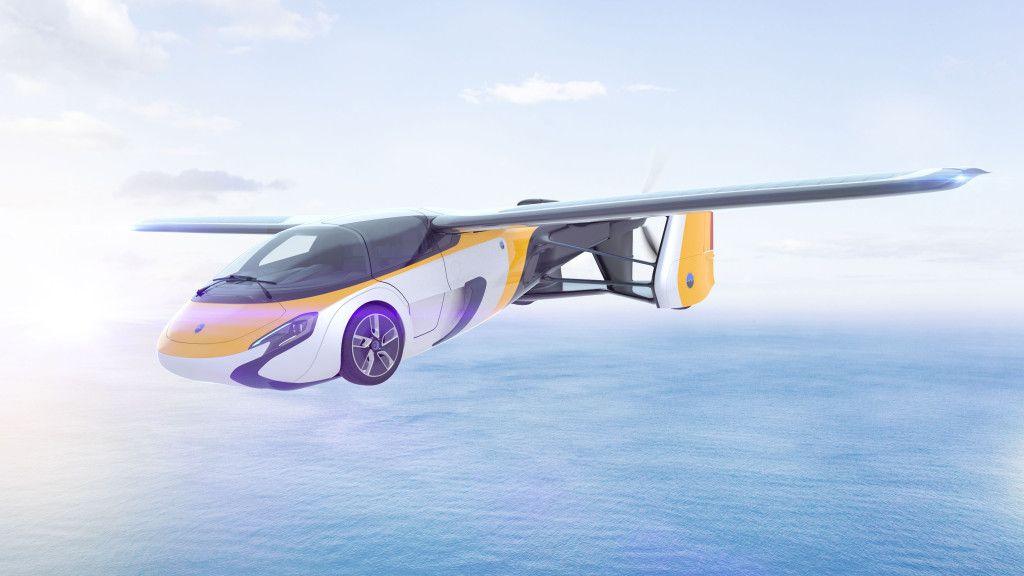By Ben Graham
FORGET high-speed rail, Uber thinks it holds the futuristic key to freeing up the clogged roads which plague our big cities.
If it all goes to plan, passengers might be able to share short, cheap flights using Uber’s “flying cars” by 2023. It is believed the futuristic method of transport could massively slash travel times.
Uber has even identified possible routes for its aircraft, showing a two-hour trip by car in Sydney, for example, could become a 20-minute trip by UberAIR.

This could be your future commute. Picture: UberAIR.Source:Supplied

The flying cars could be hailed using your smartphone by 2020. Picture: UberAIR.Source:Supplied
“Every day, millions of hours are wasted on the road worldwide,” a Uber spokesman said in its mission statement for UberAIR.
“In Sydney, residents spend seven whole working weeks each year commuting, two of which are wasted unproductively stuck in gridlock.
“On-demand aviation has the potential to radically improve urban mobility, giving people back time lost in their daily commutes. Uber is close to the commute pain that citizens in cities around the world feel.”
And, as if tensions between Melbourne and Sydney weren’t bad enough, Uber is pitting the two against each other to become the first Aussie city to host the ambitious project.
“Dallas and Los Angeles were previously announced as the first two launch cities, and we are now seeking an international city as the third partner,” an Uber spokesman added.
Uber says the ideal cities to demonstrate the flying transport are those with high population density and heavy traffic, particularly to a big airport.

Anything has to better than this. Picture: David CroslingSource:News Corp Australia
If either Sydney or Melbourne is successful, the tech giant would work with local developers to build up to 25 “Skyports” in and around the city for landing and launching aircraft.
The idea is very similar to the current Uber format. Smartphone users will be able to request a ride using an app, catch a car to a Skyport, board an UberAir vehicle and another car from their landing point to their final destination.
And, Uber’s engineering director of aviation, Mark Moore, told FlightGlobal that established helicopter routes above cities will make travelling by air over short distances far safer than it is today.

Uber says its flying cars will be super safe. Picture: UberAIR.Source:Supplied
“One of the reasons why helicopter safety is not as good as other [aircraft] safety is because there is a high degree of operational uncertainty,” he said.
“We have a huge operational advantage in terms of safety where we are always repeating the same thing — a trip from a sky port to a sky port. The geography is well known; the structures are well known; the support and sky port is known, and part of our integrated network structure.”
Uber is scheduled to announce the successful candidate city before the end of the year.















